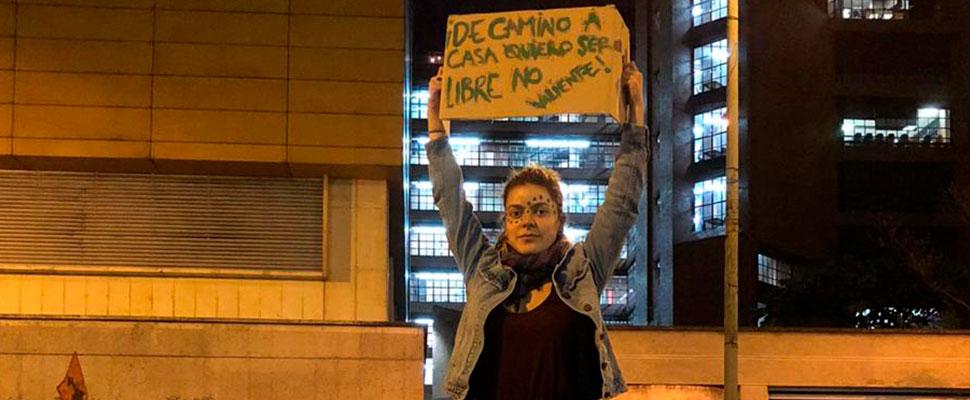How is Latin America in Gender Policies?
On the International Day for the Elimination of Violence against Women, we review how Latin America is doing in gender policies to eradicate this problem.

According to data from UN Women, 1 in 3 women have suffered different types of abuse throughout their lives. During the pandemic and the lockdowns, this figure increased to 2 out of 3. Photo: LatinAmerican Post
LatinAmerican Post | Vanesa López Romero
Listen to this article
Leer en español: ¿Cómo está Latinoamérica en políticas de género?
Every November 25, the International Day for the Elimination of Violence against Women is celebrated, a date that aims to raise awareness at the public, private and political levels about the different types of abuse to which half of the population is exposed every day for the simple fact of being a woman. Likewise, the date calls millions of people around the world to take to the streets in order to protest the violence that has been perpetuated throughout history, in addition to demanding from governments and political leaders justice for the victims and survivors, and guarantees to generate gender policies that protect and prevent this type of abuse. Next we will tell you how Latin America is doing in gender policies.
Violence against women in Latin America
According to data from UN Women, 1 out of 3 women has suffered different types of abuse throughout their lives. During the pandemic and lockdowns, this number increased to 2 out of 3. This not only affects psychologically and physically, but also puts women in a position of vulnerability, where they are more likely to suffer from poverty and food volatility, so it is clear that the violence they suffer generates social and economic problems .
Read also: Argentina: the first "big one" with legal abortion in Latin America
It should be noted that, historically, violence against women has been associated with physical abuse, but this is much broader and includes other types of violence, such as psychological, sexual, symbolic (which is exercised based on patterns, messages and stereotyped values), labor, media, institutional, economic, bullying and harassment and even one of the most silenced: obstetric violence.
All this has its highest peak and its maximum expression in: femicide. According to the Gender Observatory of the Economic Commission for Latin America and the Caribbean (ECLAC), in 2020, more than 4,091 women were victims of femicide in Latin America and the Caribbean, with Honduras, the Dominican Republic and El Salvador being the three countries with the highest figures.
Although these violence were largely experienced in family and domestic spaces, work, public and political environments are also spaces full of this problem.
Likewise, it should be noted that, in most cases, these official figures do not take into account violence against trans women, who must also be recognized socially and politically as women.
Latin America in gender policies
Violence against women is a problem that must be eradicated. That is why governments must guarantee security and justice for this population, since, in most cases, it is the State itself and the judicial system that hinders the processes for these guarantees. In addition, it must be taken into account that violence against women generates millionaire costs to the countries and irreparable damage to the victims.
In that order of ideas, it is the State that must create strategies to promote access to education, work and citizen participation for women.
Countries such as Ecuador, Colombia, Peru, Mexico and Argentina have created different strategies for the prevention of gender violence. In Ecuador there is the Safe City Program whose objectives are to prevent and avoid gender discrimination based on education. Colombia, for its part, has a Presidential Council for Women's Equity whose main objective is to work on issues related to gender equality and ensure the well-being of this population. Peru has the Ministry of Women and Vulnerable Populations. Mexico, one of the countries with the highest rates of gender violence, has the Convention on the Elimination of All Forms of Discrimination Against Women (CEDAW) and the Declaration on the Elimination of Violence Against Women. In the case of Argentina, the first large Latin American country to legalize the right to abortion, it took this historic step (largely) thanks to the Program for Sexual Health and Responsible Procreation or the National Program for Comprehensive Sexual Education .
Although several countries in the region have focused on having a gender perspective in their legislation and citizenship programs, the region still has high rates of violence against women, which is why the demands of all the people who march on the streets demanding that actions are taken.




